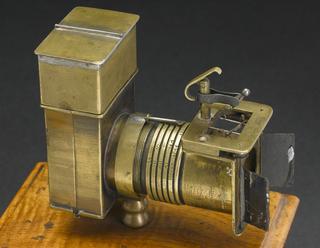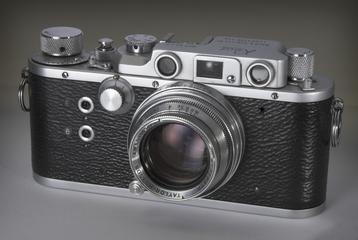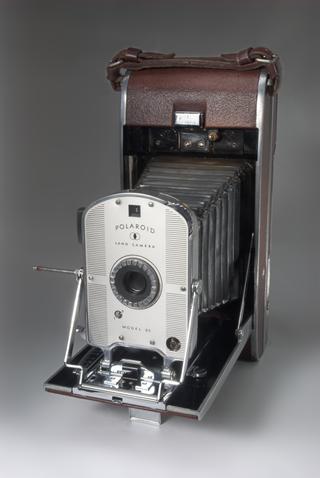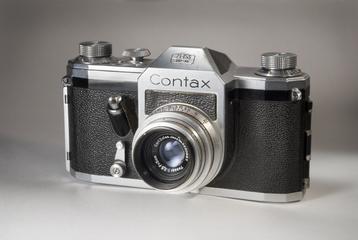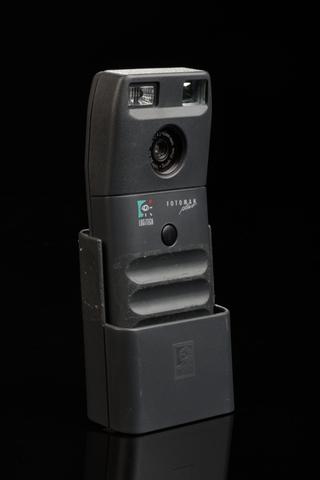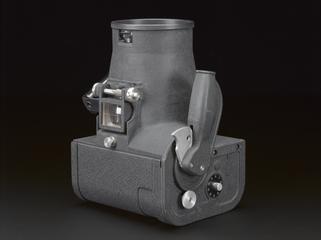




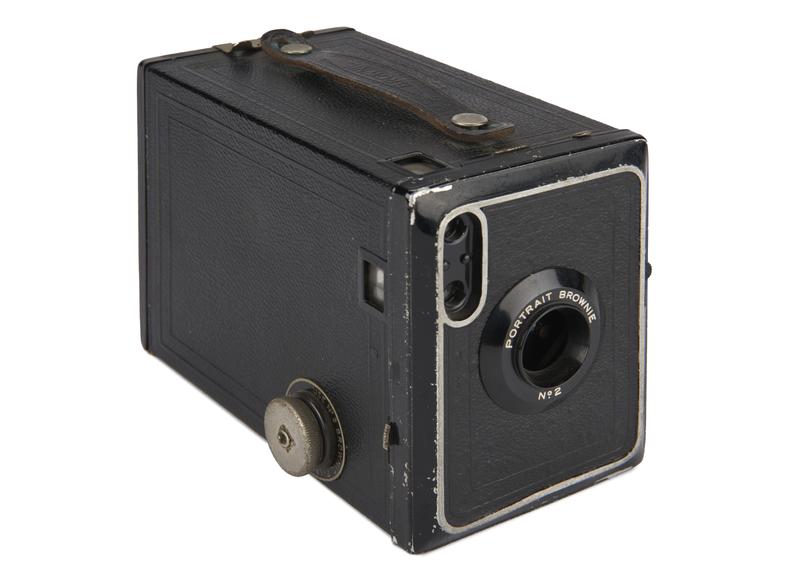



Kodak Portrait Brownie No. 2 model F camera.
Kodak Brownie cameras were some of the earliest affordable and easy to use cameras.
Although photography was invented in the first half of the 19th century, it was a complicated and expensive activity at first. In 1900, the Kodak company introduced the Brownie, a cheap and simple box camera. The Brownie put photography into the hands of millions of everyday people for the first time, allowing them to easily take snapshots of their daily lives and their families and friends. The name is thought to have been a reference to cartoons of Brownies, a type of folklore spirit, in children’s books by Palmer Cox.
The Brownie was a huge success, with over 100,000 sold in the first year of production. They were followed by millions of improved Brownie branded cameras made over the following decades, which were manufactured in several countries, including Britain. Over the years Kodak produced many different models of Brownie, adding new features and using new materials. Although later model Brownies were quite different to the first ones, they continued to be quite simple cameras, affordable, and marketed to amateur photographers.
This is a No.2 Portrait Brownie, an improved version of the No.2 Brownie, launched in 1929.
Early Brownie cameras had a simple fixed-focus lens, which worked best taking pictures at a distance of about 2.5 metres away, making it of limited use for clear close-up photography. The Portrait Brownie introduced a second lens, which worked best at a short distance, allowing the Brownie to take sharp, well-focused portrait photos of people’s faces as well as more distant shots. Kodak’s advertising promised buyers they would be able to take “long shots… and close-ups… with the same camera!”
Details
- Category:
- Photographic Technology
- Object Number:
- Y1973.34
- Materials:
- leather, glass, metal (unknown) and cardboard
- Measurements:
-
overall: 110 mm x 146 mm x 84 mm,
- type:
- roll-film box camera
- credit:
- Gift of Mr K.D. King
